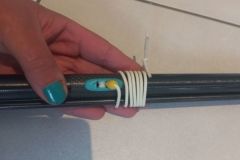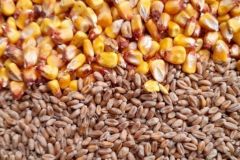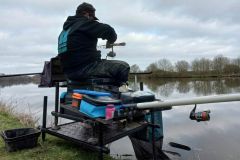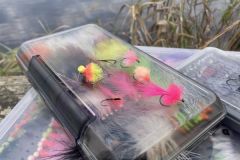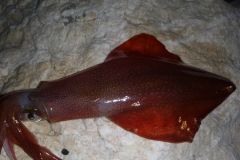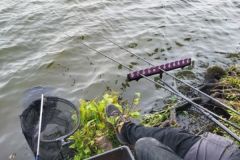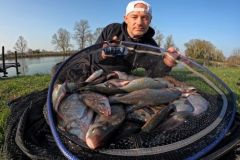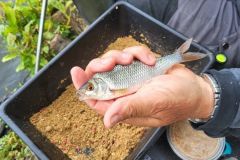Criteria not to be neglected
From October on, the water becomes cooler and is a little better oxygenated. On all types of runs, roach are in full feeding mode. They respond quickly to baiting and stay glued to the bottom to marinate the bait particles and baits contained in the balls. After a good baiting, at the beginning of the session, and a meticulous adjustment of the line, the fisherman can concentrate on the presentation of the bait.
The roaches are present and biting, your score and the size of the catch depend entirely on the quality of this presentation which must meet four criteria.
First, the bait must be at the right depth, at or just above the bottom (3 to 8 cm). A good sounding solves the problem, associated with the right choice of the weight of the line.
Secondly, you must be able to guide the line so that the bait drifts either at the speed of the current, or more or less quickly. It is the dexterity of the fisherman which intervenes, associated once again with the choice of the weight of the line.
In third, to deceive the beautiful fish and obtain quality bites, no jolt or blow must disturb the drift of the bait, therefore of the line.
Finally, given the imperatives of depth, current and the need to slow the line, the inertia of the assembly must be minimal.
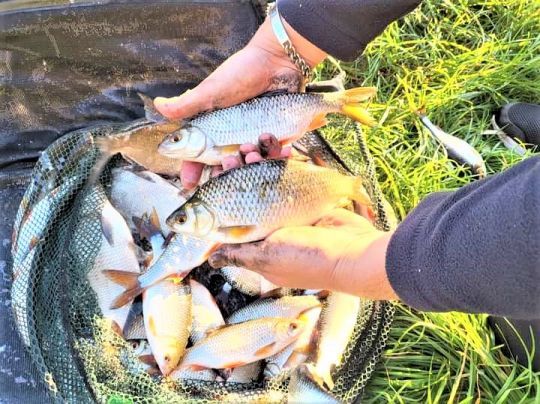
Inertia that makes a difference
An example to illustrate this last point, on a slow river such as the Sèvre Niortaise or the Vienne which I am used to practice, with a depth of 2 m, a line of 1 gram seems and it is as sensitive as a line of 0,60 grams mounted with a similar float. But with 1 gram, the touches are not very strong, there are refusals. With a line of 0,60 g, the float disappears frankly, without brusqueness, and one misses few fish.
It is necessary to understand that for the 2 lines, a lead n°11 is enough to make sink the float and that they have thus the same sensitivity. What makes the difference, it is the inertia, i.e. the mass and the volume to put in movement, when the fish seizes the bait.
It is in this hunt for inertia that the olivette intervenes. Its use concentrates the mass of the lead. As a result, the current or the drift has more difficulty to take off the line of the bottom than when it is about a string of lead.
You can measure the consequences, for example, on a slow cast with 2 m of water. If you need a 0.80 g sinker, made with spherical sinkers to control the line, you will get the same result with only 0.60 g using the olivette. The big lesson is that with an olivette, you can use a line that is one size smaller than a conventional sinker. For example, 0.60 g in olivette instead of 0.80 G in round sinkers. The gain in inertia is obvious, it only remains to take some precautions concerning the constraints related to the use of the olivette.

To limit the entanglements related to the use of the olivette
To limit tangles due to the tipping of the olivette and to obtain an optimal stability of the bait, choose short and stubby olivettes, such as the Sensas turned olivettes. The portion of the line between the olivette and the leader has a few sinkers to ensure a smooth and progressive presentation.
The line hold is more demanding than with sinkers, because the olivette amplifies any vibration induced by the angler. Finally, the hits are a little faster, but you should not rush to strike.

 /
/ 




